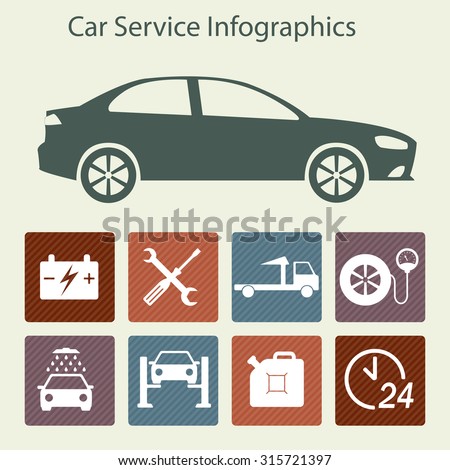Grasping The Significance Of Your Vehicle'S Warning Signals: What They In Fact Stand For
Grasping The Significance Of Your Vehicle'S Warning Signals: What They In Fact Stand For
Blog Article
Web Content Writer-Vinson Kejser
When you lag the wheel, those beautiful caution lights on your dashboard can be a bit bewildering. Do you understand what they're attempting to inform you regarding your vehicle's health and wellness? Understanding the importance of these lights is important for your safety and the durability of your automobile. So, the following time one of those lights pops up, would not you wish to understand its message accurately and take the needed steps to resolve it?
Common Warning Lights and Interpretations
Recognize common warning lights in your automobile and recognize their definitions to make certain risk-free driving.
One of the most common warning lights include the check engine light, which signals concerns with the engine or discharges system. If auto and marine detailing comes on, it's critical to have your automobile inspected promptly.
The oil pressure warning light suggests low oil stress, needing prompt focus to stop engine damages.
A flashing battery light could recommend a damaged billing system, potentially leaving you stranded otherwise dealt with.
The tire stress surveillance system (TPMS) light notifies you to reduced tire pressure, influencing vehicle stability and fuel effectiveness. Disregarding acp detailing can bring about risky driving conditions.
The abdominal muscle light suggests a trouble with the anti-lock braking system, endangering your ability to quit swiftly in emergency situations.
Lastly, the coolant temperature advising light warns of engine getting too hot, which can cause severe damages if not settled promptly.
Recognizing these typical caution lights will certainly assist you attend to issues immediately and keep secure driving problems.
Relevance of Prompt Focus
Understanding the usual warning lights in your cars and truck is just the initial step; the importance of without delay addressing these cautions can not be highlighted enough to ensure your safety and security when traveling.
When a caution light illuminates on your control panel, it's your vehicle's method of connecting a prospective concern that requires interest. Disregarding visit this site can bring about a lot more serious problems in the future, endangering your security and potentially costing you extra out of commission.
Prompt attention to advising lights can avoid break downs and crashes. As an example, a flashing check engine light might indicate a misfire that, if left unattended, might create damage to the catalytic converter. Addressing this immediately can save you from an expensive repair work.
Likewise, a brake system warning light might signal reduced brake fluid or used brake pads, crucial elements for your security when driving.
Do It Yourself Troubleshooting Tips
If you see a warning light on your dashboard, there are a couple of DIY fixing ideas you can attempt before seeking professional assistance.
The first step is to consult your cars and truck's guidebook to understand what the particular caution light suggests. Sometimes the issue can be as simple as a loosened gas cap triggering the check engine light. Tightening up the gas cap may solve the trouble.
Another typical concern is a reduced battery, which can cause numerous cautioning lights. Examining the battery connections for corrosion and guaranteeing they're safe and secure may repair the problem.
If a caution light continues, you can attempt resetting it by detaching the automobile's battery for a few minutes and afterwards reconnecting it. Additionally, inspecting your car's fluid degrees, such as oil, coolant, and brake fluid, can help troubleshoot alerting lights connected to these systems.
Verdict
Finally, understanding your automobile's warning lights is necessary for keeping your vehicle running smoothly and safely. By immediately dealing with these notifies and understanding what they indicate, you can prevent costly repair work and prospective breakdowns.
Remember to consult your vehicle's guidebook for specific details on each warning light and do something about it as necessary to guarantee a trouble-free driving experience.
Remain notified, stay safe on the road!
